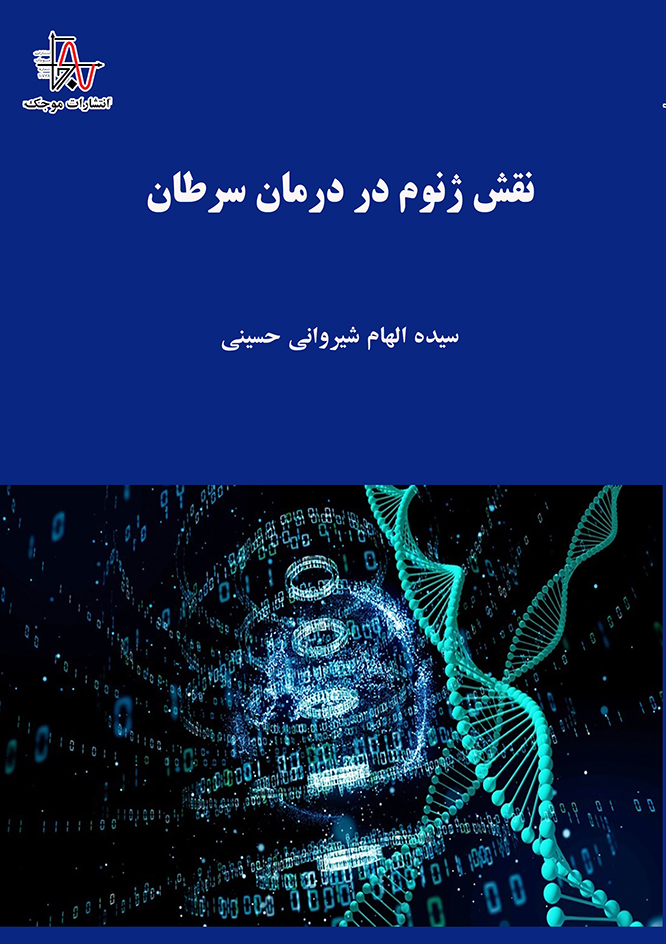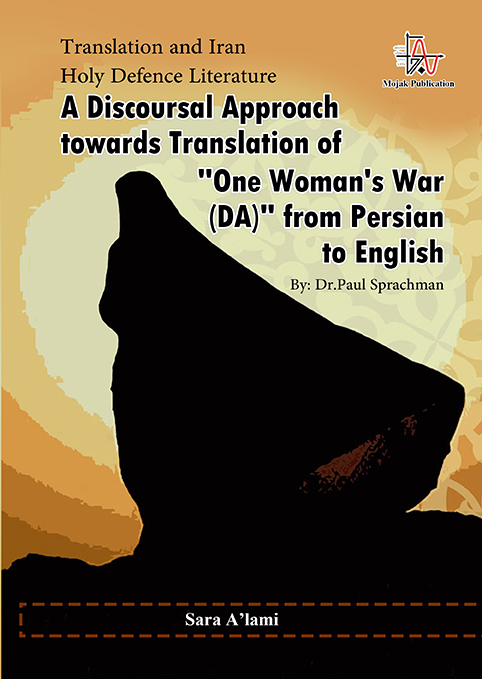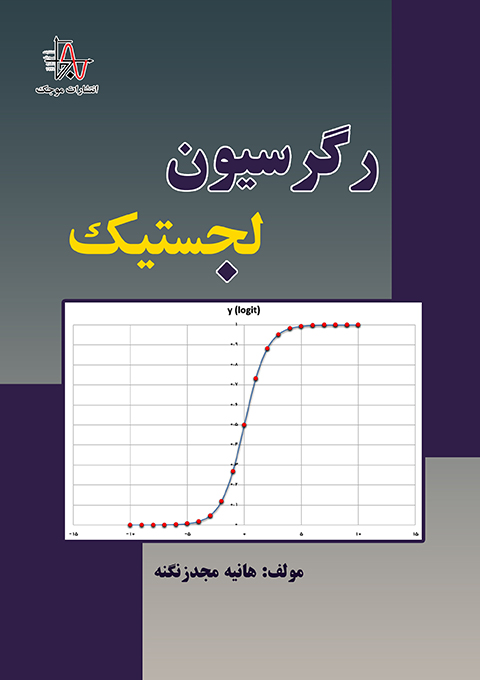ناشر : انتشارات موجک
کد کتاب : M648
عنوان : نقش ژنوم در درمان سرطان
تاليف : سیده الهام شیروانی حسینی
مشخصات ظاهری : ۱۰۹ صفحه، قطع وزيری
چاپ اول : تابستان ۱۴۰۰، تيراژ : ۵۰۰ جلد
قيمت : ۱۹۸۰۰۰۰ ريال، شابک : ۳-۳۲۰-۹۹۴-۶۰۰-۹۷۸
حقوق چاپ و نشر برای ناشر محفوظ است.
————————————————————————————————————————————————————————————————————————–
Publisher: Mojak Publication
Book Code: M648
Title: The role of the genome in the treatment of cancer
Author: Seyedeh Elham Shirvani Hosseini
Appearance specifications: 109 pages, ministerial cut
First edition: Summer 1400, Circulation: 500 volumes
Price: 1980,000 Rials, ISBN: 3-320-994-600-978
Copyright reserved for the publisher.






نقد و بررسیها
هیچ دیدگاهی برای این محصول نوشته نشده است.